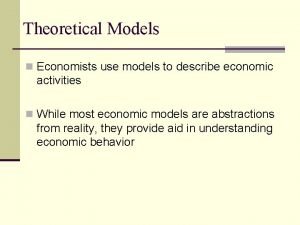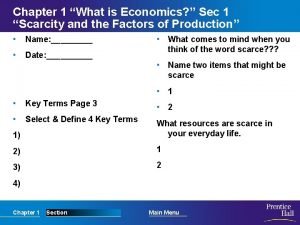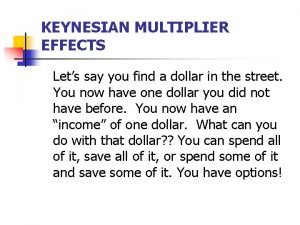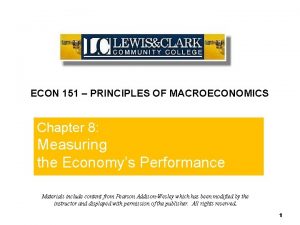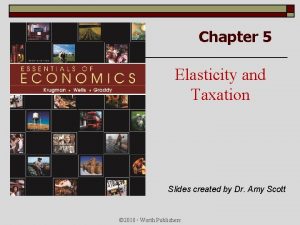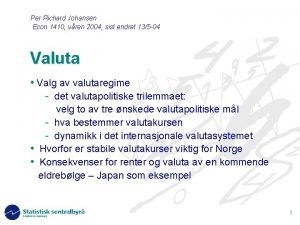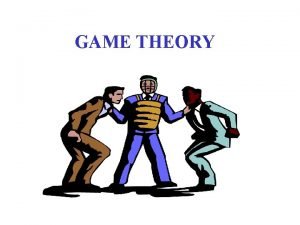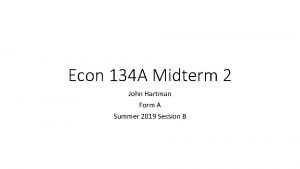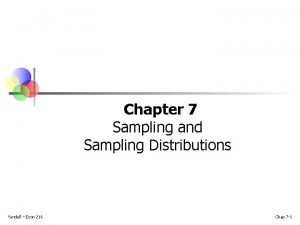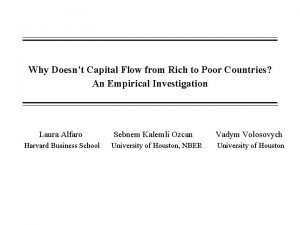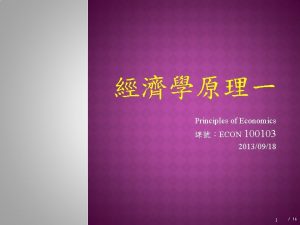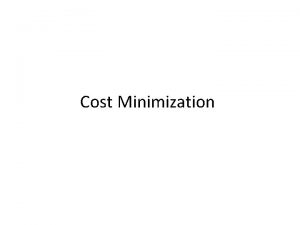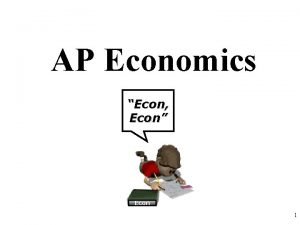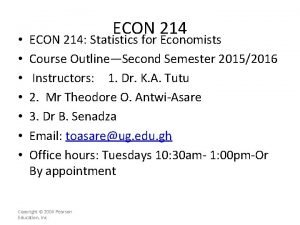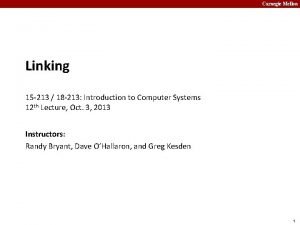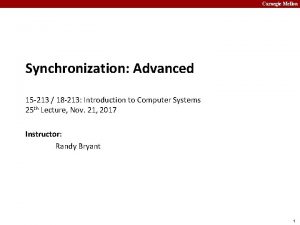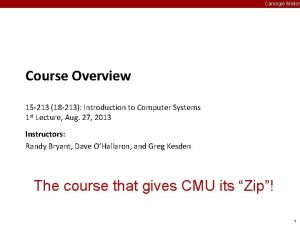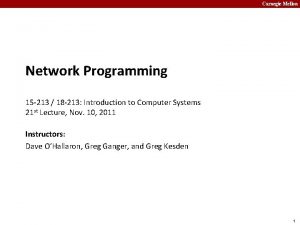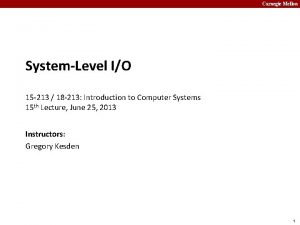ECON 213 ELEMENTS OF MATHS FOR ECONOMISTS Session




























- Slides: 28

ECON 213 ELEMENTS OF MATHS FOR ECONOMISTS Session 9– DIFFERENTIAL CALCULUS – PART THREE Lecturer: Dr. Monica Lambon-Quayefio Contact Information: mplambon-quayefio@ug. edu. gh College of Education School of Continuing and Distance Education 2014/2015 – 2016/2017

Session Overview • The previous two sessions on differential calculus focused on independent variable functions. Many economic activities however involve functions of more than one independent variable. To be able to measure the effect of a change in one independent variable the dependent variable in a multivariable function, the partial derivative is needed. This session introduces students to the partial derivatives and also presents the rules of partial differentiation. Objectives • At the end of the session, the student will • Be able to determine the difference between the derivatives of a one variable function and a multivariate function. • Be able to determine the total differentiation of a multivariate function using partial differentiation. • Be able to perform unconstrained optimization Slide 2

Session Outline The key topics to be covered in the session are as follows: • Derivatives of Multivariate Functions • Total Differentiation of Multivariate Functions • Unconstrained Optimization Slide 3

Reading List • Sydsaeter, K. and P. Hammond, Essential Mathematics for Economic Analysis, 2 nd Edition, Prentice Hall, 2006 - Chapter 11 • Dowling, E. T. , “Introduction to Mathematical Economics”, 3 rd. Edition, Shaum’s Outline Series, Mc. Graw-Hill Inc. , 2001. Chapter 5 • Chiang, A. C. , “Fundamental Methods of Mathematical Economics”, Mc. Graw Hill Book Co. , New York, 1984. - Chapter 7 and Chapter 8 Slide 4

Topic One DERIVATIVES OF MULTIVARIATE FUNCTIONS Slide 5

Multivariate Functions: Definition • Our study of derivatives so far has been limited to functions of single independent variables such as y=f(x). • However, many economics activities involve functions with more than one independent variable • Z= f(x, y) is defined as a function of two independent variables if there exists one and only one value of z in the range of f for each ordered pair of real numbers (x, y) in the domain of f Slide 6

PARTIAL DERIVATIVES • Slide 7

Partial Derivatives: Mathematical Expression •

Partial Derivatives: Examples •

Trial Question •

Partial Derivatives: Rules •

Partial Derivatives: Rules •

Partial Derivatives: Rules •

Second Order Partial Derivatives •

Second Order Partial Derivatives •

Examples • Slide 16

Topic Two TOTAL DIFFERENTIATION OF MULTIVARIATE FUNCTIONS Slide 17

Definitions • 18

Examples • Slide 19

Topic Three UNCONSTRAINED OPTIMIZATION Slide 20

Unconstrained Optimization • Unconstrained Optimization involves finding the optimum to some decision problem in which there are no constraints. • For a multivariate function such as z=f(x, y) to have a minimum or maximum, the following three conditions have to be satisfied: • The first order partial derivatives must equal zero simultaneously. This ensures that at a given point (a, b) called the critical point, the function is neither increasing nor decreasing. • The second order direct partial derivatives, when evaluated at the critical point (a, b) must both be negative for a maximum and positive for a minimum. This ensures that at the critical point, the function is concave and moving downward in the case of a maximum and convex and moving upward in the case of a minimum. • The product of the second-order direct partial derivatives evaluated at the critical point must exceed the product of the cross partial derivatives also evaluated at the critical point.

Unconstrained Optimization: Summary of Conditions •

Examples •

Examples •

Examples •

Example: Economic Application • Sales (S) are a function of advertising in newspapers and magazines ( X, Y) • Max S = 200 X + 100 Y -10 X 2 -20 Y 2 +20 XY Solution: • Differentiate with respect to X and Y and set equal to zero. ¶S/¶X = 200 - 20 X + 20 Y=0 ¶S/¶Y = 100 - 40 Y + 20 X = 0 • solve for X & Y and Sales Slide 26

Example Contd. • Slide 27

Trial Questions •
 A purely competitive seller is
A purely competitive seller is To help unscramble cause and effect, economists
To help unscramble cause and effect, economists Iame maritime
Iame maritime Economists use models to
Economists use models to Yogesh uppal
Yogesh uppal Chapter 1 section 1 scarcity
Chapter 1 section 1 scarcity Tax multiplier equation
Tax multiplier equation Fiscal policy ib
Fiscal policy ib Flip it econ
Flip it econ Econ 151
Econ 151 Midpoint method formula
Midpoint method formula Mpc economics
Mpc economics Marginal analysis in economics
Marginal analysis in economics Sports econ austria
Sports econ austria Econ 1410
Econ 1410 Econ 424
Econ 424 Mr darp econ
Mr darp econ What is game theory
What is game theory What is a positive analysis
What is a positive analysis Econ 134
Econ 134 Econ
Econ Econ chapter 7
Econ chapter 7 Econ muni harmonogram
Econ muni harmonogram Gertler econ
Gertler econ Chapter 30 money growth and inflation
Chapter 30 money growth and inflation Econ
Econ Econ
Econ The ak model
The ak model Nthu econ
Nthu econ



